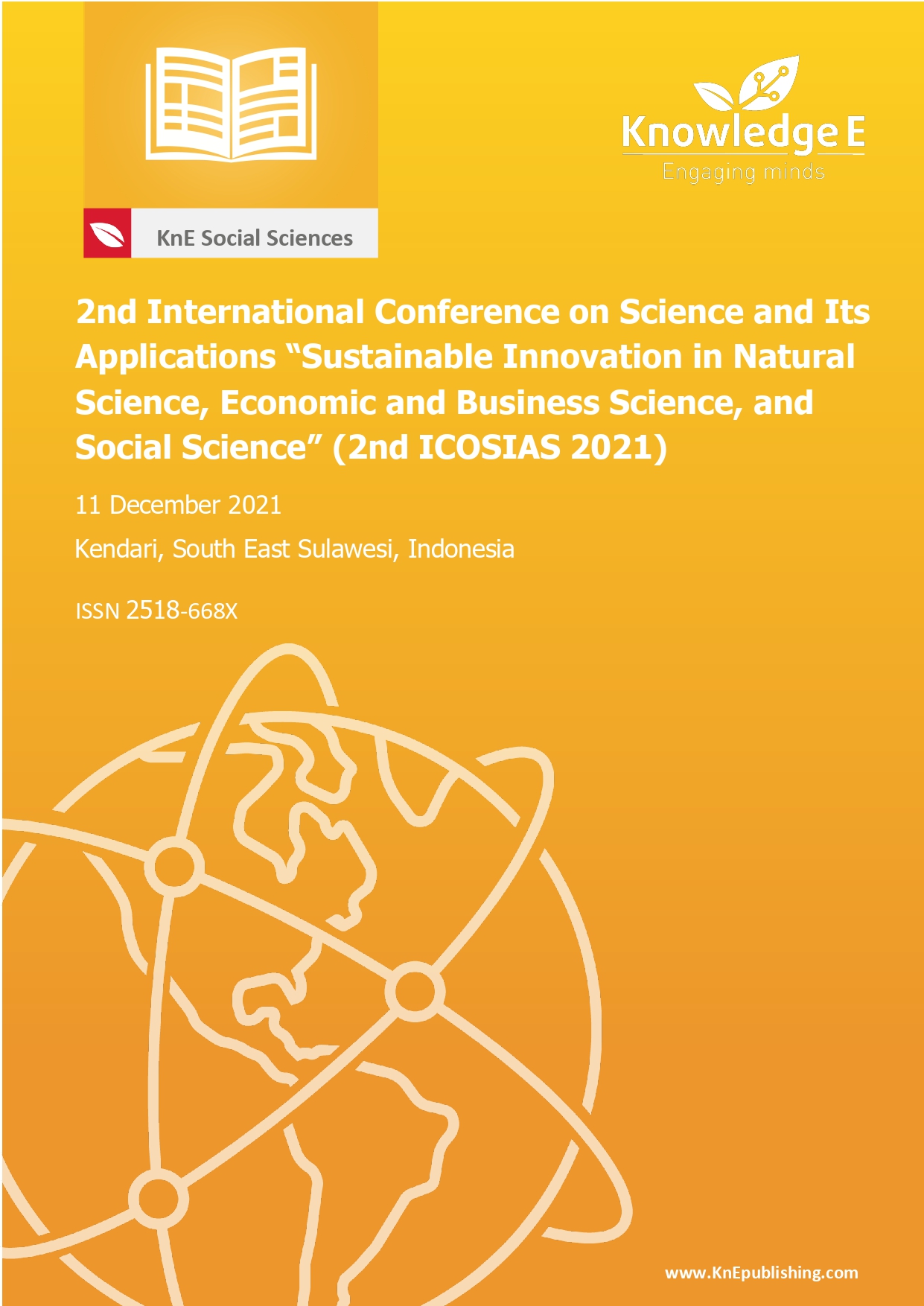The Bentor in Gorontalo City Becoming the Preferred Mode of Transportation
DOI:
https://doi.org/10.18502/kss.v8i2.12762Abstract
This article describes the sociocultural factors that affect the people of Gorontalo’s choice of Bentor as their favorite public transportation. Considering safety, Bentor is not a proper vehicle compared to other means of transportation (bendi, city buses, taxis, microbuses, and online transportation). Yet, Bentor is the favorite public transportation in Gorontalo Province, especially in Gorontalo City. This article used observed data collection techniques by interviewing informants and documenting studies. Collected data were analyzed by qualitative descriptive analysis. As the most favorite mode of transportation, Bentor has developed a social capital in terms of building power relations that are supported by the cultural values of the Gorontalo people in their life.
Keywords: Bentor, Power Relations, and Favorite Mode of Transportation
References
Achebe, 1990. Chinua Colonialist Criticismin, paper in Walder, Dennis (Ed.) Literature in the Modern World. Oxford: Oxford University Press
Ansy’ari SI. Sosiologi Kota dan Desa. Surabaya: Usaha Nasional; 1993.
Bourdieu P. Outline of a Theory of Practice. University of Cambridge; 1977. https://doi.org/10.1017/CBO9780511812507.
Bourdieu P. Distinction. A Social Critique of the Judgement of Taste. Cambridge (Massachusetts): Harvard University Press; 1984.
Creswell JW. Research Design; Pendekatan Kualitatif, Kuantitatif, dan Mixed. Pustaka Pelajar (Yogyakarta): Ketiga; 2010.
Daldjoeni, N. 1977. Seluk Beluk Masyarakat Kota (Pusparagam Sosiologi Kota dan Ekologi Sosial), Bandung, PT. Alumni
Ember CR, Ember M. Anthropology. Eight Edition. Upper Saddle River (New Jersey): Prentice Hall; 1996.
Foucalt M. Power/knowledge: Selected Interviews and Other Writings 1972-1977. Edited Colin Gordon. New York: Pantheon; 1980.
https://read.id/bentor-gorontalo-belum-miliki-izin-resmi-dari-pemerintah/5-Maret- 2019
Katili AY, Tueno NS. 2020, Analisis Implementasi Kebijakan Pengaturan Pengop- erasian Kendaraan Bentor Sebagai Moda Transportasi Di Gorontalo, Jurnal Ilmu Administrasi. 2020;9(1) http://journal.umgo.ac.id/index.php/Publik
Lefebvre H (Nicholson-Smith D, translator). The Production of Space. Oxford, UK: Blackwell; 1991.
Alfian M. Kota dan Permasalahannya. Makalah. Disampaikan pada acara Diskusi Sejarah yang diselenggarakan oleh BPSNT Yogyakarta tanggal 11-12 April 2007 di Hotel Matahari, Yogyakarta. 2007
Mudana, I Ketu, Dwi Heriwibowo. Pengoperasian Becak Motor (Bentor) di Wilayah Kota Gorontalo,Warta Penelitian Perhubungan. 2016;28(2).
Nas PJ. Kota di Dunia Ketiga: Pengantar Sosiologi Kota. Jilid 1. Jakarta: Bhratara Karya Aksara; 1979.
Nganro, Jamal. Analisis Implmentasi Kebijakan Pengaturan Pengoperasian Angkutan Kendaraan Bentor di
Kota Gorontalo, Program Doktor Ilmu Administrasi Publik, PPs Univeritas Negeri Makassar. 2011
Rutherford D. Raiding the Land of the Foreigner. Princeton: Princeton University Press; 2003. https://doi.org/10.1515/9780691223414.
Parimin, Ardi P. 1996. Jatidiri Kota Kota di Indonesia Umumnya dan di Bali Khususnya. Makalah. Disampaikan pada seminar di I.T.S. tanggal 31 Oktober 1996.
Spradley JP. Participant Obeservation. New York: Holt, Rinehart, and Winston; 1980.
Tahara T. Reproduksi Stereotipe dan Resistensi Orang Katobengke dalam Struktur Masyarakat Buton, Disertasi. Depok: Universitas Indonesia; 2010.
Spreiregen PD. Urban Design: The Architecture of Towns and Cities. New York: McGraw-Hill Book Company; 1965.

